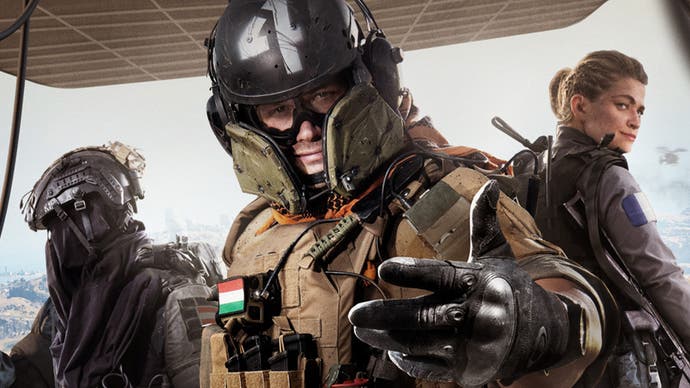Warzone 2.0 crossplay: are last-gen console players competitively disadvantaged?
All PS4/Xbox One consoles compared - and stacked up against current-gen successors.
With Warzone 2.0's servers now live for a few weeks, it's clear that PS5, Xbox Series X and Series S run the game brilliantly at 60fps - or even 120fps. But what of the older consoles, the millions of PS4s and Xbox Ones that remain in use? And what about the enhanced consoles, the PS4 Pro and Xbox One X? To find out if any of these last-gen options are competitive with the current-gen consoles and PC, in frame-rate or in settings, we returned to Al Mazrah for more testing.
Let's start with the base PS4. This console is surprisingly well-optimised for both the campaign and 6v6 multiplayer, and is more or less locked to 1080p at 60fps. Warzone 2.0 though? That's a different story, sadly. 60fps is possible, while you're in the plane or during 2v2 gulag matches, but when you're out in the world frame drops are an inevitability and texture pop-in becomes hard to ignore. Frame-rates of 40-60fps are common, and this drops into the 30s in the most frenetic moments of combat.
This is despite resolutions drops on both horizontal and vertical axes, at 960x540 at lowest and scaled to 1080p with TAA; in the campaign resolution scaling affected the horizontal access only. The lack of definition makes picking out distant players tricky, and ensures those on PS4 are at a disadvantage.
We'd expect even worse results on Xbox One, as this is the most power-constrained last-gen console and one that doesn't feel a likely lead platform for development efforts. And indeed, we see a lower 900p resolution target, scaling from a minimum of 800x450, which results in a muddy image. However, settings like shadows, textures and foliage density remain the same as PS4, suggesting that there are no bespoke 'lower-than-low' Xbox One settings.

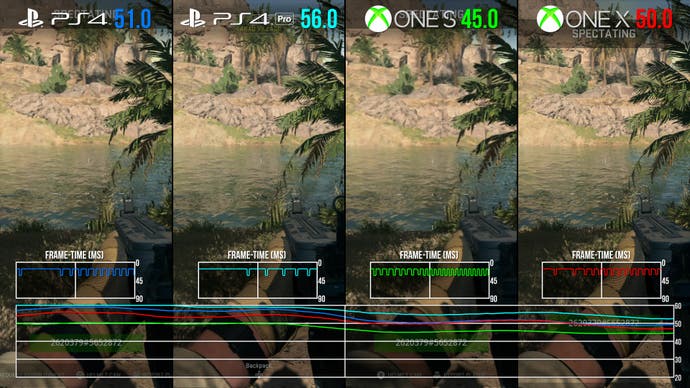
The lower resolution means that shimmer on grass and noise on fine texture work is more obvious, and doesn't prevent fairly severe texture pop-in either. Weirdly, Xbox One also suffered from audio issues in my testing, with certain channels of the mix - music, ambient effects - cutting out completely for a few seconds until the world finishes loading in. Frame-rates are also exceptionally poor, averaging 10fps lower than the PS4 version so 30-50fps is the norm, complete with tearing at the top of the screen - something I also spotted on Xbox One X.
In turn, the low frame-rate has a deleterious effect on input latency. Turning, shooting or picking up weapons happens with noticeable delay, which provides a stern disadvantage against foes on any other platform. So Warzone 2.0 then runs on Xbox One in the loosest sense of the word - and is best avoided if you have any alternatives. (In related news, the Series S has dropped as low as ~£190 recently, and would provide a sterling upgrade over the original Xbox One.)
The two premium consoles, One X and PS4 Pro, fare much better. PS4 Pro runs the game at a smooth 50-60fps at a dynamic 1512p, typically with scaling on the horizontal axis to 1536x1512. This isn't a locked 60fps, but it's surprisingly close. Xbox One X, on the other hand, aims for a full 4K image and drops as low as 1080p, but this relatively steep target res can cause frame-rate drops below PS4 Pro and even PS4 in some foliage-heavy scenes.
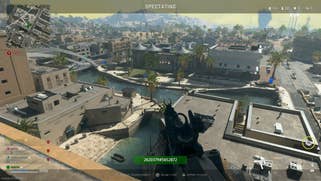

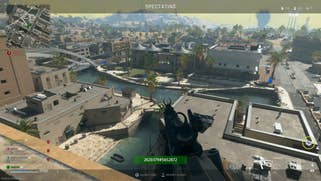

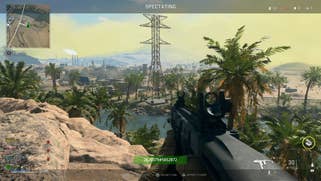
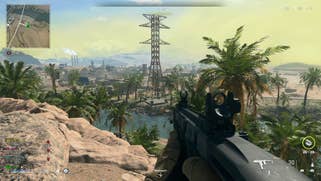
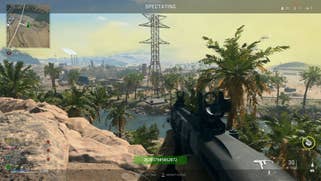

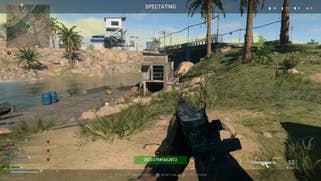
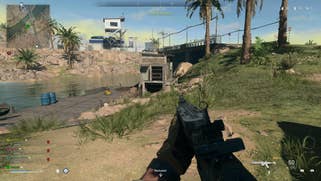

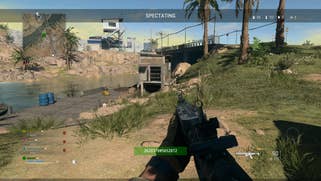
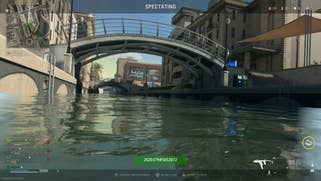
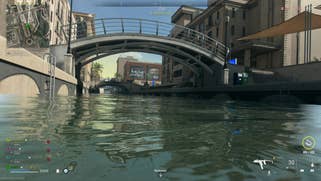
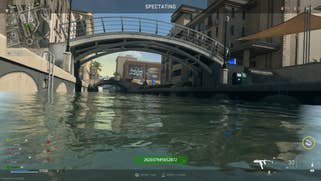

Looking at a four-way comparison, Al Mazrah's geometric layout is identical amongst last-gen consoles, while shadow detail and grass draw distance are also relatively close. The biggest dividing factor is resolution, with the One X far ahead in image clarity and the Xbox One far behind. PS4 Pro, though, is the best-balanced option that's most likely to deliver 60fps.
One final point concerns the field of view (FOV) setting in the PS4 version. The default 80° is quite narrow, so does a wider setting incur a performance penalty? Based on two tests comparing 80° and 120° settings, yes - but it depends. We spotted a minor 1fps drop in a less challenging scene, but a relatively variable ~5fps drop looking towards the encroaching gas. For the best frame-rate then, keeping the narrow default FOV is the way to go, but consoles with excess performance can go up to 120° without significant ill effects - so this might be a better shout for the current-gen consoles and PC.

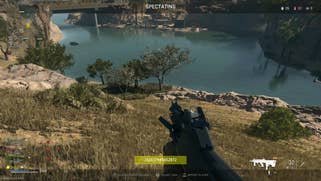
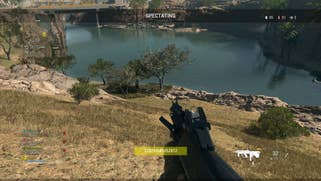


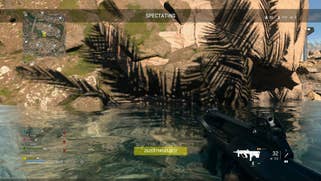

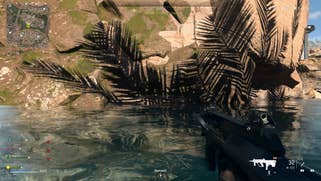
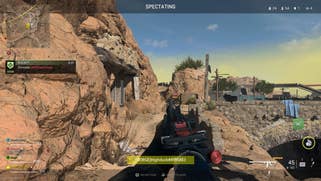
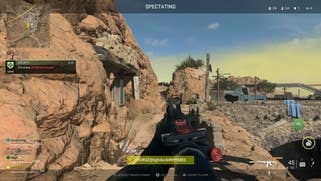

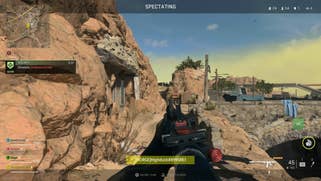

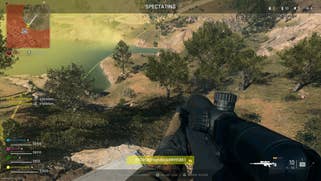

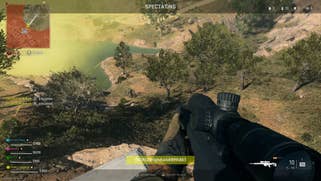
Looking at all four Xbox consoles, it's clear to see the wide range in fidelity in which Warzone 2.0 is rendered on a Microsoft platform. Series X/S sustain a locked 60fps, while also having greater grass density and longer grass draw distances. Interestingly though, image quality on Series S isn't as sharp as on the older One X.
With this testing behind us, the scalability of the IW Engine is (as ever) hugely impressive. The fact we're seeing such a range of differently-specced machines output the same world is remarkable, really. But there's a sense its true potential is being anchored to the past- especially with the Xbox One attempting to tag along.
The bottom line? Warzone 2.0 doesn't hide Infinity Ward's intentions. It's writ large in the sub-40fps drops on Xbox One and the texture pop-in which afflicts even PS4. It's a project that's veering away from a last-gen focus, in favour of building the optimal experience for PS5 and Series X/S. It also speaks to the future of the Call of Duty series, which is rumoured to have no major release in 2023. Warzone 2.0 will tide the series' fans over in the interim as a major cross-platform, cross-generation effort. After that? Who knows, but I hope we see an unabashedly next-gen Call of Duty in 2024.
